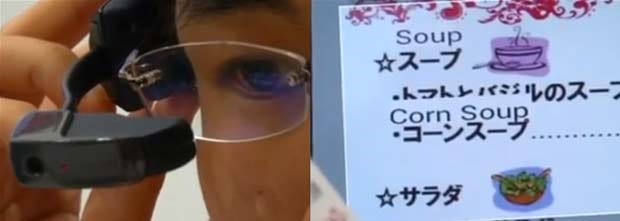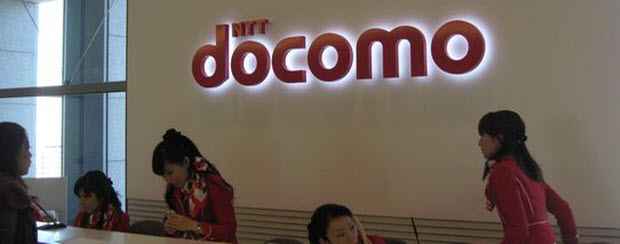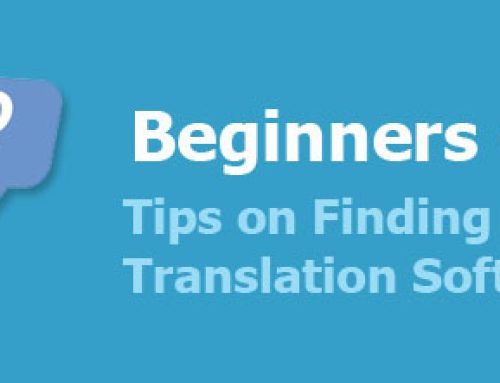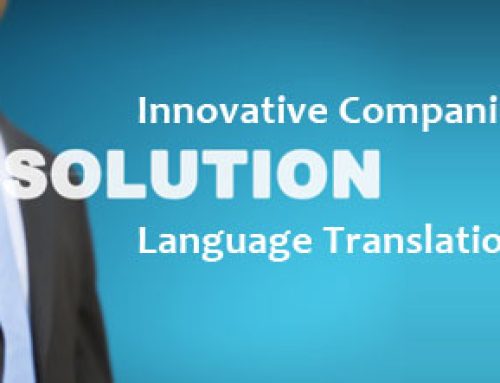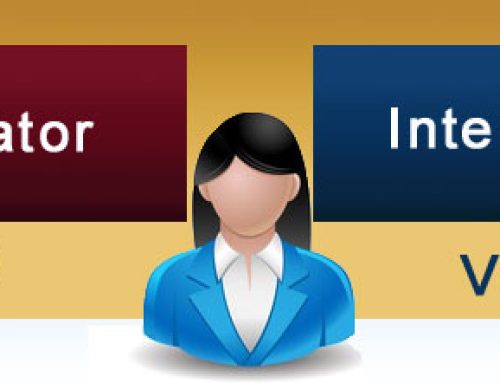Photo courtesy of AFP
NTT Docomo, Japan’s leading cellphone company, is receiving a lot of press after they recently unveiled their augmented reality glasses. Called Intelligent Glass, this gadget can translate a menu in real time at the latest Gadget Show in Japan.
The glasses are designed to allow the wearer to look at a menu or document and instantly see the translation overlaid on top of the original. For now, the unit can only translate, Japanese, Chinese and Korean languages.
How it Works
The glasses utilize a couple of combined technologies from your smartphone and then relay the results back to the glasses. When the glasses are pointed at the Japanese text of a document, the camera in your smartphone scans the text. Then OCR (Optical Character Recognition) software will convert the text to digital Japanese characters.
Next, translation software will translate the text and the results will be displayed through the glasses as a line of text that looks like it is overlaying the document. All of this happens in a matter of milliseconds, making it feel like it is an instant translation. Watch the video to find out more.
How Accurate are the Translations?
With any translation device the question will always be: how accurate are the translations? If you are able to target food items, dictionaries can be built to deliver a very high level of accuracy. If the device is used to translate documents I am sure the percentage will drop somewhat but all translation technology just keeps improving in accuracy so it can be very impressive when the product is released.
This is not just another translation gadget, it’s a glimpse into the future
NTT DOCOMO is Japan’s largest mobile service provider, with over 60 million customers and they operate a nationwide 3G network and an ultra-high-speed LTE network. They recently teamed up with Apple to offer iPhones in Japan.
My Take on it – Will this be Successful?
A solution that could help overcome the language barrier is still one of the most sought after technologies by many companies. Japan is hosting the 2020 Olympics in Tokyo therefore products like this are sure to be a big seller. The question is: how much will these units cost? It may be too soon to tell but since most of the device also depends upon your smartphone’s power, the attachment can be priced very low making it that much more appealing to the consumers.
By 2020 there will be a lot more devices on the market. In fact, Google has already released Google Glasses that provides wearable glasses that can perform much of the same tasks. Although it is too early to report, there are other companies that are working on similar products.
We will also have a lot more speech translators on the market by the year 2020 that are more mobile than they are now. It is great to be able to read a menu but what you really need even more is to be able to interact with the waiter. When’s the last time you went to a new restaurant and could just point out what item you wanted? You normally also want to ask a few questions, don’t you?
I talk to a lot of customers that use SYSTRAN’s translation software on their computers when they travel. They report the best part is being able to communicate back and forth. Right now text is the most accurate means of translation, but with the more advances in technology, this will change.
The technology is moving extremely fast and with translation being ported to devices that can access the cloud (larger dictionaries and utilizing statistical translation technology), there is already a surge in the accuracy level of translation software.
What do you think about this gadget? Would you use it?

